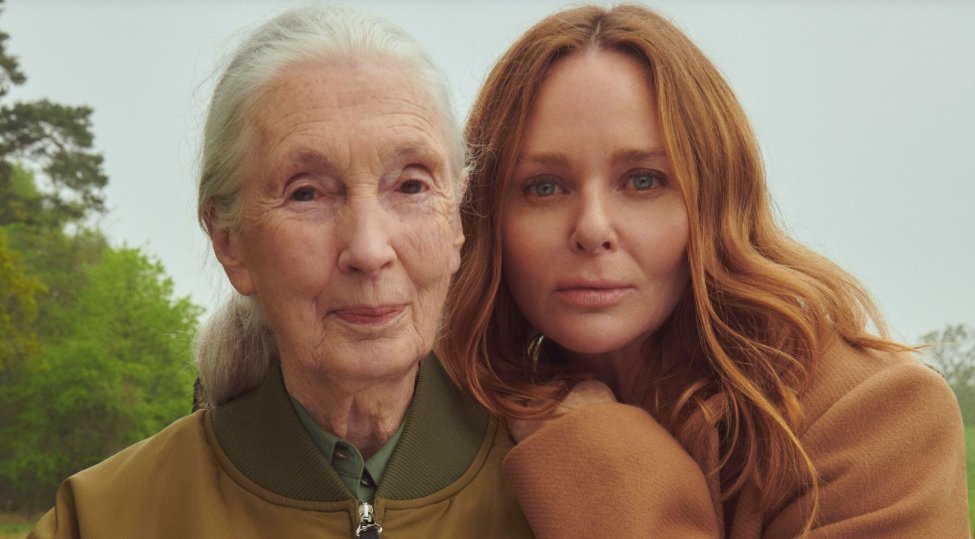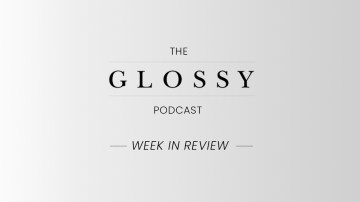The Stella by Stella McCartney skin-care brand launched in August 2022 with an expected proposition, considering Stella McCartney’s reputation. Known as a sustainable fashion pioneer, McCartney entered the beauty industry with stringent sustainability standards, refillable packaging and a ban of more than 2,000 harmful ingredients. Now, her team is marketing the brand with a campaign that reflects its conscious.
“Stella challenged us to innovate and find alternative ways to create an effective and desirable skin-care line that would minimize its impact on the planet,” said Stéphane Delva, gm of Stella by Stella McCartney. “In this area, there is no ‘one’ magic solution; we weigh and scrutinize our options at each step of the process to minimize our impact and make the most responsible decisions.”
The campaign, dubbed “Stella Voices,” launched on January 12. It positions five female climate-change activists as collaborators, allowing their individual messages to be featured across Stella McCartney stores and digital channels, including social media. The activists, who include Dr. Jane Goodall, D.B.E. and indigenous Mexican climate activist Xiye Bastida, have focused their messages on different topics, including emission reduction, habitat protection and education. The campaign will run throughout 2023.
Stella by Stella McCartney initial product trio — of a cleanser, a serum and a cream — is also the first sustainable skin-care line by a fashion brand. The products’ prices range from $47-$136. Considering the company’s specific packaging and formulation requirements, it encountered challenges during the development process, which wound up taking three years. It worked with beauty laboratory LVMH Labs to assess the sustainability profile of each product before launch.
“The formulas had to be vegan, cruelty-free, natural, essential and in harmony with skin and the planet,” Delva said. “On top of that, we could not compromise on efficacy or sensorial quality.” The resulting products use unconventional ingredients like dulse seaweed and birch sap. They feature a coastal scent created with perfumer Francis Kurkdjian.
While refillable packaging has become more prevalent, there are still few luxury beauty brands focused on a refill model. They include Augustinus Bader, La Bouche Rouge and Kérastase However, refillables help to fuel consumer loyalty. Kjaer Weis reported that nearly a third of its business is based on the purchase of refills, while Augustinus Bader reported that refillables have accounted for nearly 50% of all its serum and eye cream purchases since their September 21 launch. Stella by Stella McCartney’s primary packaging is made up of a glass vessel and an airless pump, both of which are made from recycled materials. Its refills’ packaging is made from wood waste.
Stella McCartney’s fashion brand has involved activists in campaigns since 2017, when it collaborated with the environmental organization Parley for the Oceans. In 2021, it collaborated with activism agency Greenpeace to combat deforestation in the Amazon.
“Ultimately, your sustainability practices have to be part of the DNA of your brand, and you need to show through action and commitment that these practices are real,” said Brandi Halls, chief ethics officer at Lush North America. “Being in business to do more than being in business is critical at this stage of the climate emergency.”
Stella McCartney’s financial results for 2021, posted this month, revealed a 14% increase in annual revenue, to £32.4 million. However, it also reported a loss of £32.7 million, owed to increased administrative expenses following its 2018 split from Kering. It received a minority investment from LVMH in 2019.
Sustainability-focused luxury skin care is a rarity within the industry. More brand participation exists within the “clean” beauty category — however, clean beauty is largely self-regulated by brands. Beauty brands like Stella, which has the financial backing of LVMH, will thus have an advantage as more luxury consumers come to shop with sustainability in mind.




